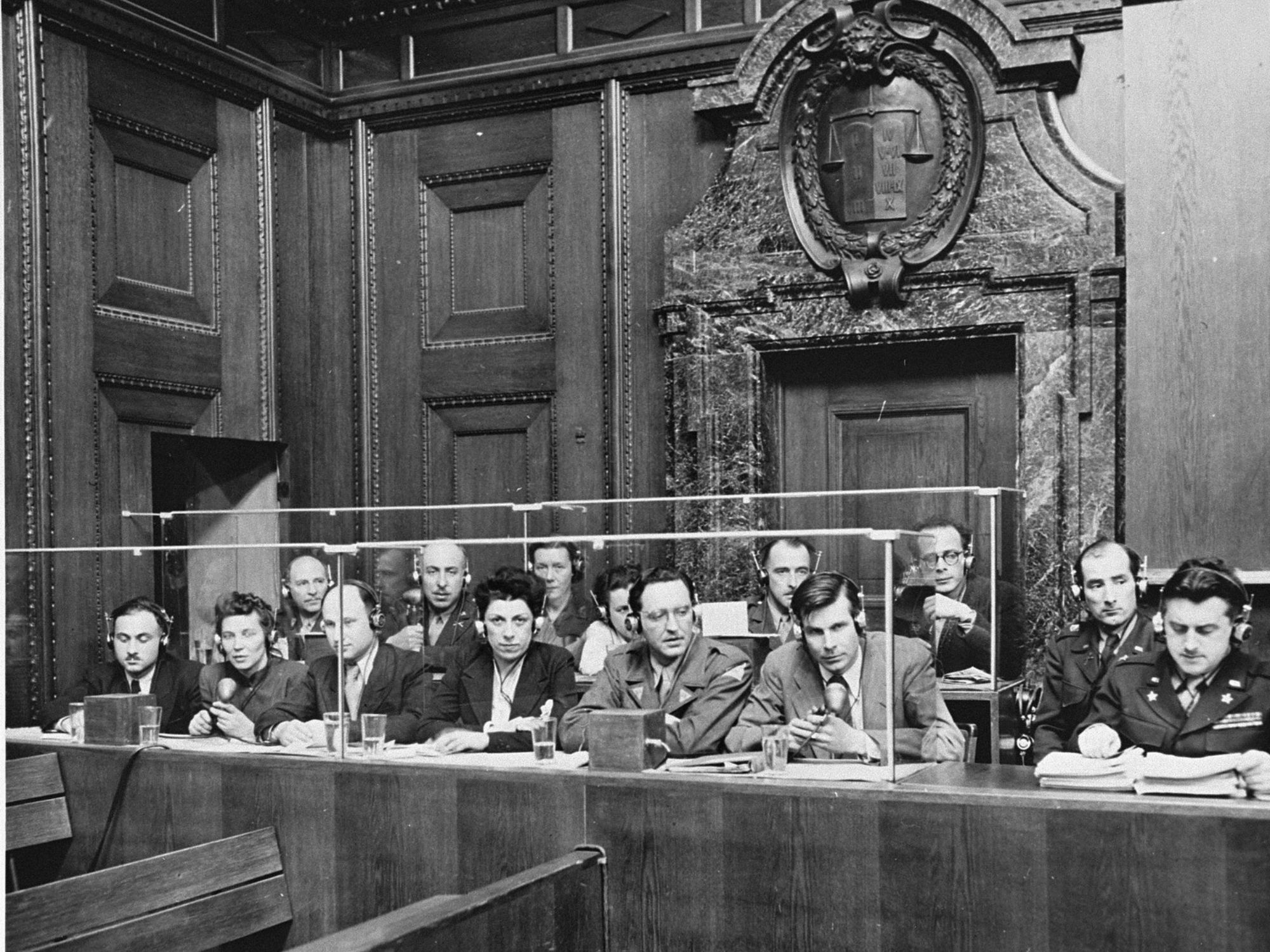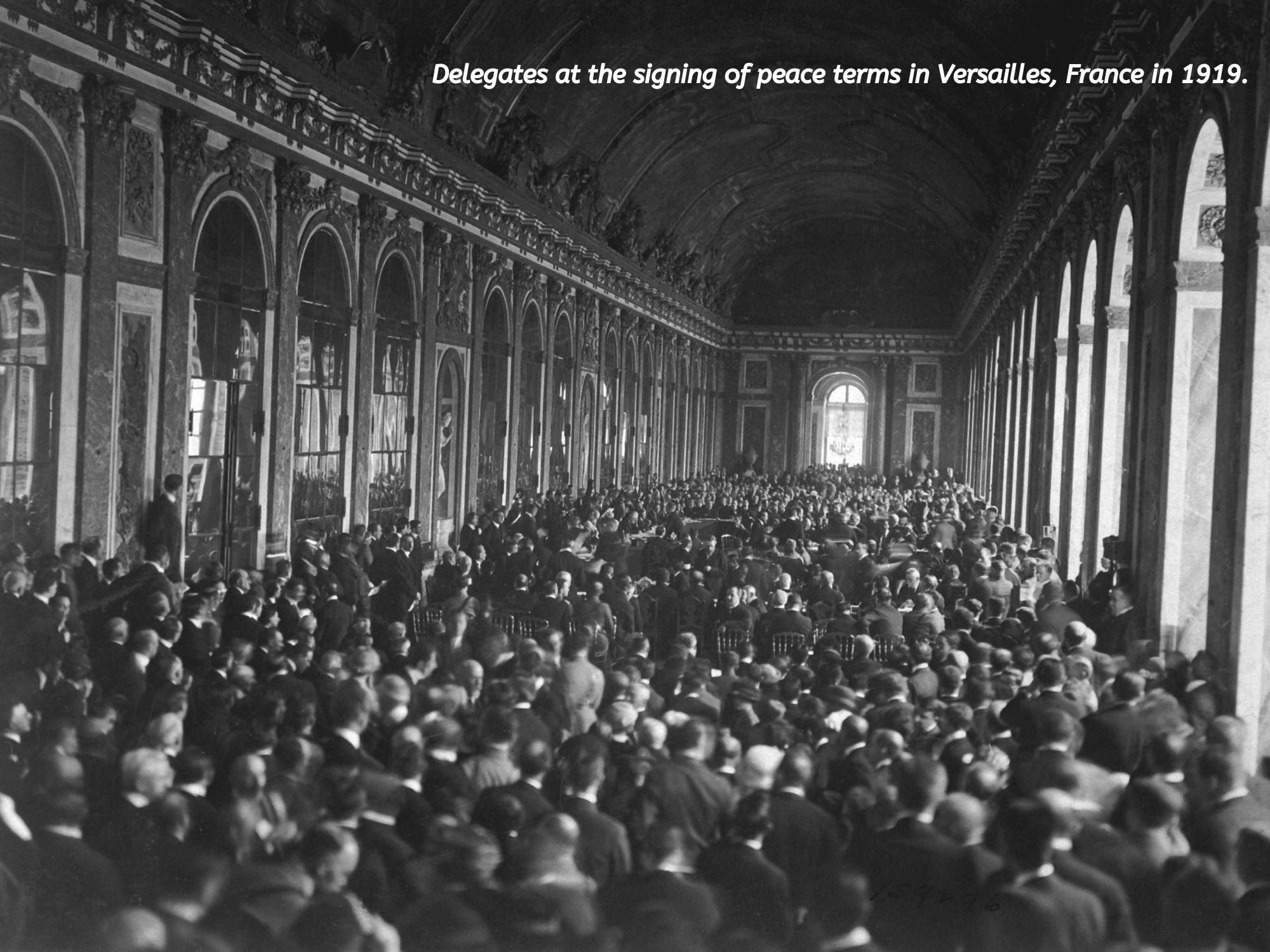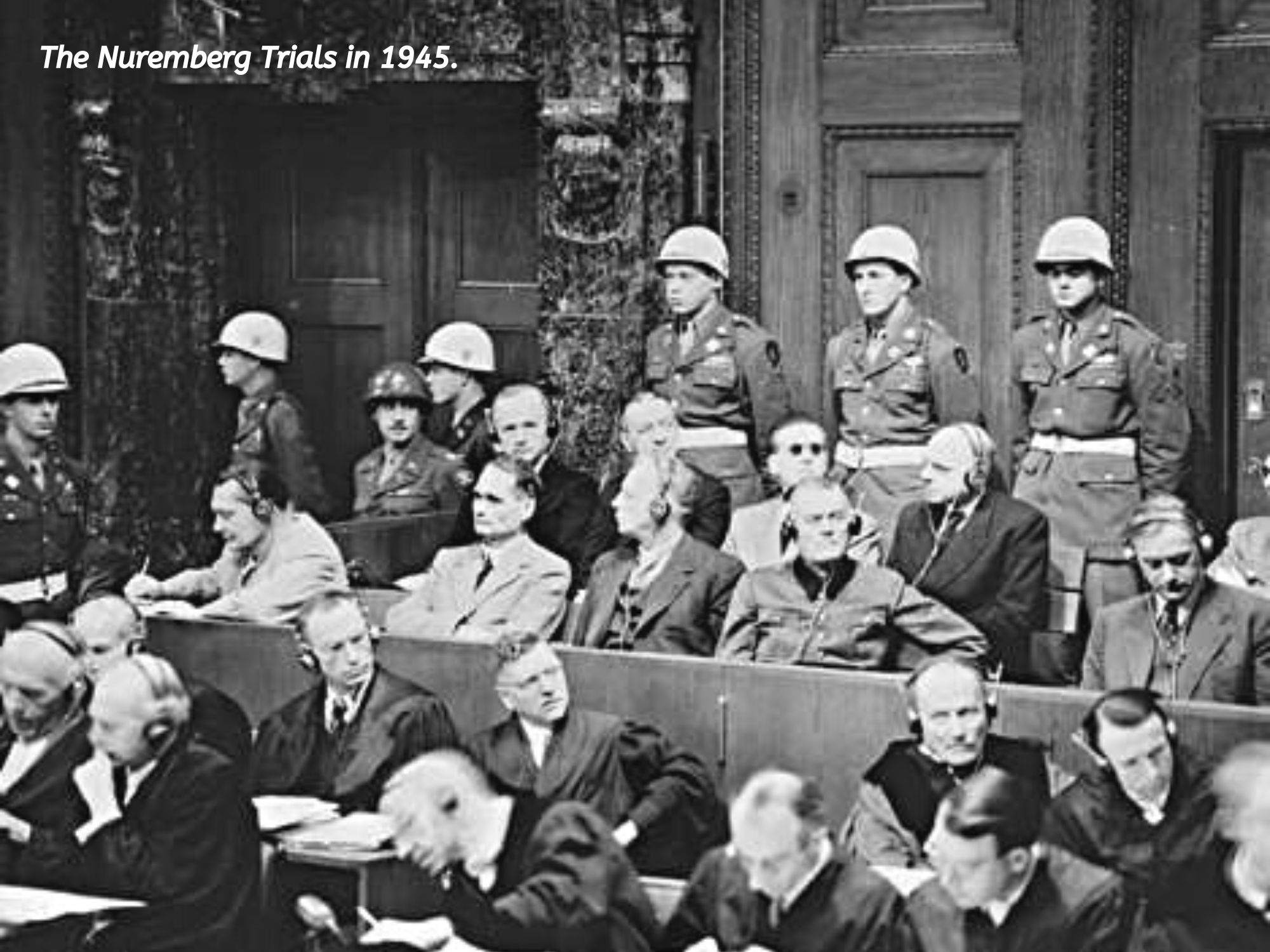Methods of interpreting and their introductions into society

Professional interpreting is a much-needed component in the global marketplace and can typically be grouped into two categories — Consecutive Interpreting and Simultaneous Interpreting. Both play an important role in society and it’s interesting to turn back the clock and see how each was introduced.
Consecutive Interpreting
Consecutive Interpreting is when an interpreter conveys the message after a person has finished speaking. This type of interpreting can be seen in smaller meetings and legal proceedings.
The most prominent example of one of the first uses of consecutive interpreting took place in 1919 during the Treaty of Versailles, which ended World War I. There was no ability to hire professional interpreters before this event. Because of the numerous languages present at this meeting, a formal service had to be used.

The League of Nations was then established in 1920 with the mission of maintaining world peace. Two of the more famous consecutive interpreters were Andre and Georges Kaminker who worked for the League of Nations, the United Nations, and the Council of Europe. Andre was noted as having a photographic memory and held the world record for interpreting a speech that was two and a half hours long without interruptions.
Simultaneous Interpreting
Simultaneous Interpreting is when an interpreter listens and conveys the message in the target language at the same time as a speaker. This type of interpreting is most suitable for large conferences, lectures, and/or presentations, and usually requires the use of equipment.
The Nuremberg Trials — which uncovered the German leadership that supported the Nazi dictatorship — in 1945 are noted as the first use of simultaneous interpreting. The former interpreter for General Dwight D. Eisenhower, Colonel Leon Dostert, had been charged with discovering the method which became known as simultaneous interpreting.
Using this method, interpreters sat directly beside the accused during the trials to convey what was said in four languages, English, German, French, and Russian. Although the equipment hadn’t yet been developed, the judges of the Nuremberg Trials agreed that it would have been impossible to move forward without the method.

Dating back to ancient times before any equipment was developed, the primitive form of simultaneous interpreting was called Whispered Interpreting or chuchotage, the French word for “whispering.” This form of interpreting does not require any equipment and therefore is still utilized to this day. However, it can only work between two people or in very small groups and therefore isn’t feasible for most business matters.
Other modes of interpreting have risen to popularity over the years with the advancement of technology, including telephone interpreting and video interpreting. But all started out of the methods of consecutive interpreting or simultaneous interpreting.
Teneo Linguistics Company provides both methods of interpreting services and delivers these in-person, remotely, and by utilizing an online interpreting platform. TLC also offers its high-quality, professional interpreting equipment for rent.
The linguists of TLC are certified through education that includes gaining knowledge of languages and cultural sensitivity, learning the ability to express thoughts clearly and concisely, gaining skills in specialized note-taking techniques, and developing short and long-term memory skills.
Learn more about TLC’s interpreting services or get a quote by visiting www.tlctranslation.com or call 817-441-9974.







